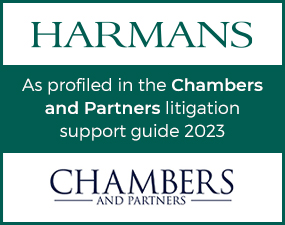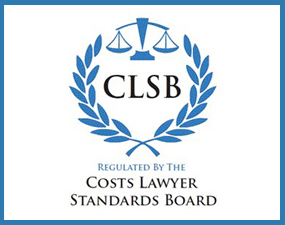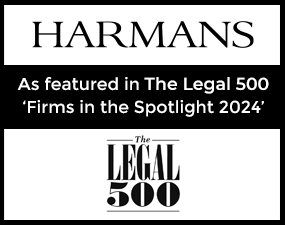Coventry and others v Lawrence and another
The much anticipated judgment from the Supreme Court was finally handed down on 22 July 2015.
Will the decision be viewed as a victory for common sense? It is unlikely that the Paying Parties will agree.
Might the matter head for Strasburg or has enough time and money been expended to-date? Questions for another day perhaps?
To recap – the Claimants brought proceedings for an injunction and damages based on the contention that the noise emanating from speedway and other motorsport activities, operated by David Coventry and others on a stadium and track some 800 metres away, constituted a nuisance and was detrimental to the value of their property
After a trial lasting 11 days, HHJ Seymour QC, sitting as a Deputy High Court Judge, found in the Claimants favour, awarding them damages and an injunction limiting the level of noise emanating from the stadium and track.
So far as the figures were concerned, the amount of damages awarded was a total of £20,750; and, on the evidence, the value of the appellants’ bungalow was under £400,000, and the maximum diminution in its value if the nuisance had continued (i.e. if no injunction had been granted) was £74,000; the judge also ordered the Mr Coventry and others to pay 60% of the costs as assessed on the standard basis.
The “base costs”, sought in connection with the proceedings up to the time the judge made the order, were £307,642 i.e. £184,585 accounting for the 40% reduction.
The Claimants had agreed with their solicitors that they would proceed on the basis that the solicitors would act under a conditional fee agreement, and were entitled to (i) a success fee on top of the base costs, to compensate solicitors for acting on a CFA and (ii) the ATE premium. The success fees amounted to £215,007, i.e. £129,004 after 40% reduction; with the premium in the region of £305,000, ie about £183,000 after the percentile reduction.
The Defendants accepted that they could not challenge their liability for the base costs however in relation to the additional liabilities the Defendants argued that the additional liabilities would infringe their rights under article 6 of the “European Convention on Human Rights” “the Convention” (“article 6”) and/or article 1 of the First Protocol to the Convention (“A1P1”) if they were liable for those sums.
A majority decision 5:2 was handed down concluding:
- For the reasons that we have given, the 1999 Act scheme was compatible with article 6 and A1P1. We have not addressed A1P1 separately. That is because it has (rightly) not been suggested that, if the scheme was compatible with article 6, it could nevertheless for some other reason be incompatible with A1P1.
- If (contrary to our view) the scheme was incompatible with article 6 and A1P1, we would not read it down so as to make it compatible and we would not strike the scheme down or disapply it.
This is a lengthy and detailed judgment, no doubt reflecting the chaos that may have ensued had the decision favoured the Appellants.
The judgment is widely available and provides an excellent overview of the CPR and the flaws therein.
https://www.supremecourt.uk/cases/docs/uksc-2012-0076-judgment-2015.pdf



